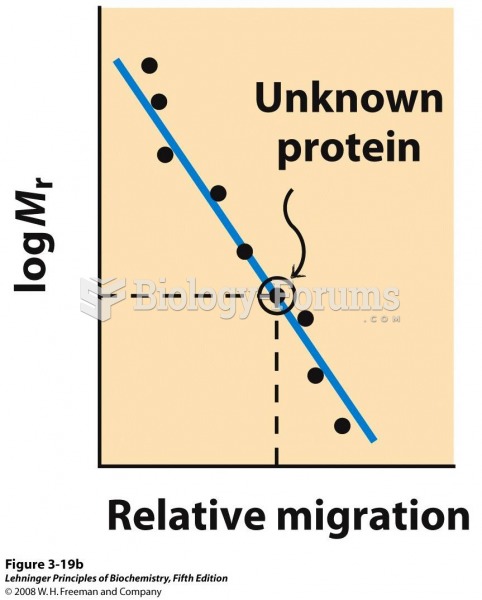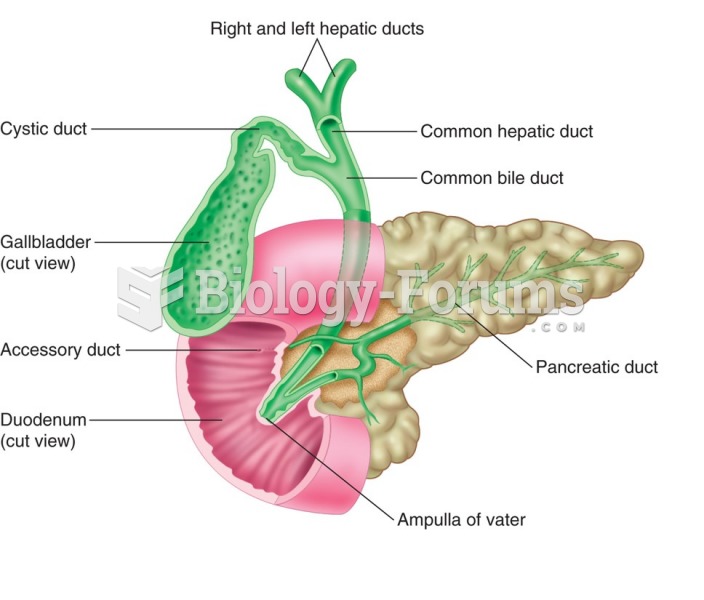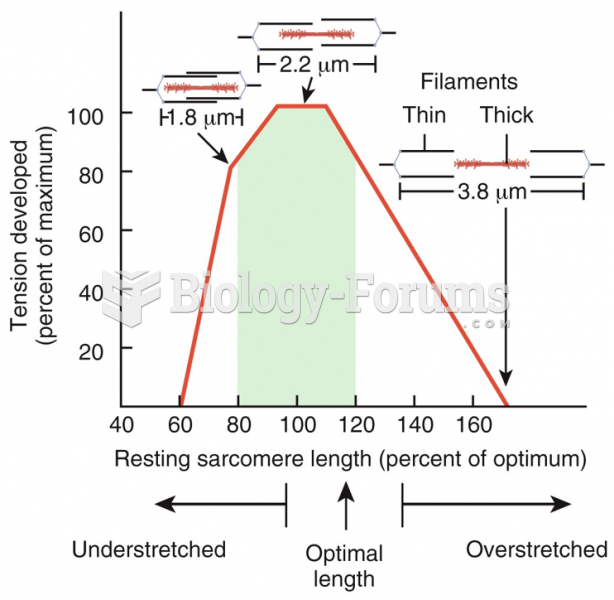Answer to Question 1
ANSWER: Weight is defined as the mass of an object times the acceleration of gravity, thus the relationship is: weight = mass x gravity.
Gravity has an effect on the weight of objects, including air. In fact, weight is the force acting on an object due to gravity.
Answer to Question 2
ANSWER: Nitrogen and oxygen are the main (total 99 ) gas phases found in Earth's atmosphere. Nitrogen is removed from the atmosphere primarily by biological processes that involve soil bacteria. In addition, nitrogen is removed from the air by tiny ocean-dwelling plankton that convert it into nutrients that help fortify the ocean's food chain. Nitrogen is returned to the atmosphere largely through the decay of plant and animal matter. Oxygen, on the other hand, is removed from the atmosphere when organic matter decays and when oxygen combines with other substances, producing oxides. Oxygen is also taken from the atmosphere during breathing, as the lungs take in oxygen and release carbon dioxide (CO2). The addition of oxygen to the atmosphere occurs during photosynthesis, as plants, in the presence of sunlight, combine carbon dioxide and water to produce sugar and oxygen. Other gas phases in the atmosphere include greenhouse gases (i.e., water vapor, carbon dioxide, methane, nitrous oxide, and chlorofluorocarbons) and argon.
Scientists believe nitrogen in our current atmosphere arose from the degassing of volcanoes. Since nitrogen gas (N2) is not reactive, it built up in the Earth's atmosphere over time. Oxygen gas (O2) in our current atmosphere rose to its current concentration of 21 due to the photodissociation of water vapor in the Earth's atmosphere and the rise of plants, which used the CO2 in Earth's early atmosphere to create O2 through photosynthesis.







